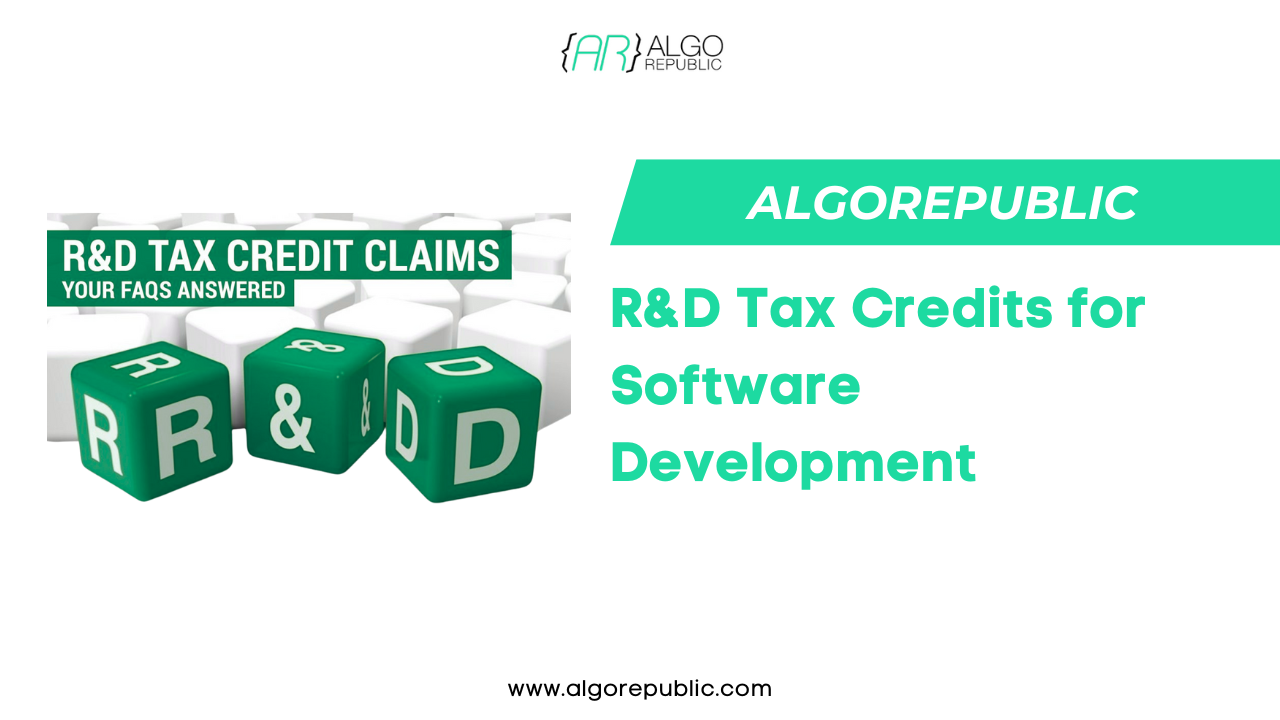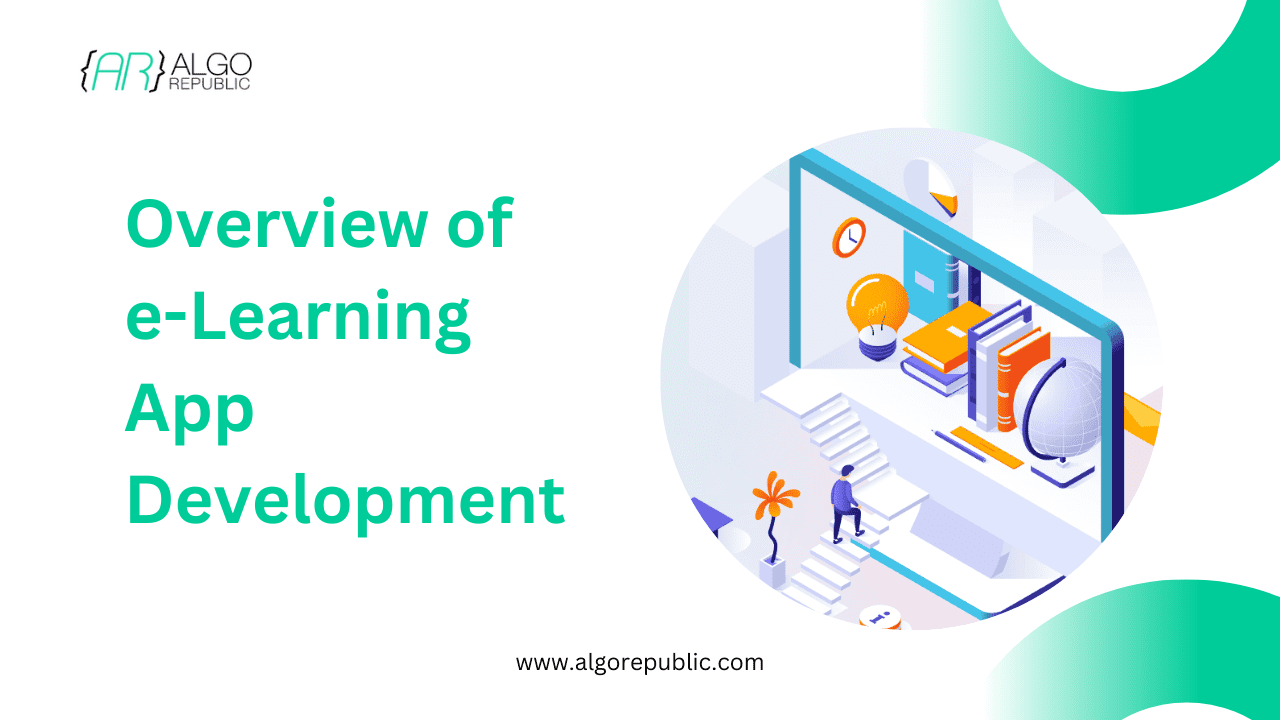Table of Contents
In the world of software development, progress is fueled by innovation. The boundaries of technology are expanded and growth is driven through Software Research and Development (R&D) activities.
This blog will examine R&D tax credits for software development, covering its definition, pillars, types, critical success factors as well as differentiating it from traditional software development methods
What does software development for R&D mean?
R&D software development is the systematic process of formulating inventive software solutions by conducting thorough research, experimentation and problem-solving. This includes exploring complex challenges through new technologies, algorithms, methodologies and techniques in order to facilitate technological advancements.
Four Basic principles of R&D for software
Innovation. It drives R&D software development by striving to create inventive solutions or enhance previous ones. This involves investigating new ideas, methods, and technologies as a means of delivering groundbreaking software products.
Technical uncertainty: This is a common challenge encountered in R&D projects. It refers to the unpredictable outcome that emerges from pushing current knowledge boundaries and capabilities, which requires experimentation and exploration for discovering feasible solutions.
Systematic approach: A systematic approach is adopted for R&D activities, which involves structured procedures, methodologies and documentation. It covers the software development phases of planning, execution, assessment and iteration to achieve good results in research and development.
Substantial improvement: The R&D software development focuses on substantial improvements in the capabilities, performance or functionality of a software through innovative and breakthrough approaches. It extends beyond everyday developmental chores with an aim to create exceptional value.
3 Categories of research and development
Fundamental Research: The primary goal of fundamental research is to enhance scientific knowledge and understanding without a defined practical objective. It involves key principles and phenomena in order to enhance scientific understanding, while also providing the groundwork for future discoveries.
Applied research: This is focused on resolving practical issues or tackling challenges in practical scenarios. Its objective is to convert scientific knowledge into practical solutions, products, or processes that can provide benefits and applications.
Experimental development: This includes the utilization of scientific knowledge and research discoveries to create modern or enhanced products, processes, or technologies. This typically includes completing prototyping as well as testing and validation procedures to confirm feasibility and effectiveness.
Which products meet the criteria for R&D software development?
In software there are products that meet its definition and included within the scope of research and development, such as:
- Revolutionary software solutions that bring up innovative functionalities or features previously unavailable.
- Sophisticated algorithms or techniques that greatly improve effectiveness, productivity and user-friendliness.
- Prototypes or proof of concept software are developed for the purpose of exploring new technologies and addressing technical challenges
- Significant leaps or advancements are achieved through the use of systematic research, experimentation and problem-solving to develop software products.
What are the critical success factors for R&D?
Set Definite Goals: Establish unique R&D objectives, aims, and metrics for success to guide research initiatives and efficiently measure results.
Resource Allocation: Ensure the success of R&D initiatives by providing ample resources, such as funding, time and expertise.
Encourage Collaborative Culture: Create an atmosphere of collaboration that motivates teams and departments to share knowledge, work together across functions, and create inventive solutions.
Risk Management: Manage the risks linked with R&D projects to reduce potential setbacks and guarantee success by identifying them, appraising them, and taking necessary steps.
Continuous Improvement: Encourage a culture of constant growth, learning and flexibility to improve R&D processes, methodologies and results throughout time.
How Does R&D Differ From Software Development?
Although creating software solutions involves both R&D and software development, their objectives, methodologies, and outcomes differ significantly.
Goals: The purpose of R&D is to encourage creativity, get into uncharted territories in technology and find solutions for complex issues that may have unpredictable outcomes. On the other hand, software development focuses on producing practical software products tailored towards fulfilling precise requirements and targets.
Approaches: Research and development usually include trying out new ideas, exploring possibilities, and repeating the cycle until discovering novel insights or resolving problems. Software creation revolves around established techniques, approaches, and optimal strategies in order to streamline the design process as well as create efficient software solutions from beginning to end.
Outcomes: Results of R&D initiatives include modern inventions, major discoveries, and technological progress. Meanwhile, software development efforts produce solid products or services that effectively meet designated demands or criteria.
To summarize, R&D tax credits aimed at software development are valuable incentives for companies investing in technological progress and innovation. It is important to understand the foundations, types, essential success factors, and differences between traditional software development and research & development if companies want to make good use of these tax credits.
By doing so, organizations can utilize R&D tax relief as a tool for promoting innovative thinking while also driving growth – giving them an edge over their competition within the constantly evolving software industry.
Ready to take your business to new levels of success? We at AlgoRepublic are here to bring your software product ideas to reality. Let’s get started today!



